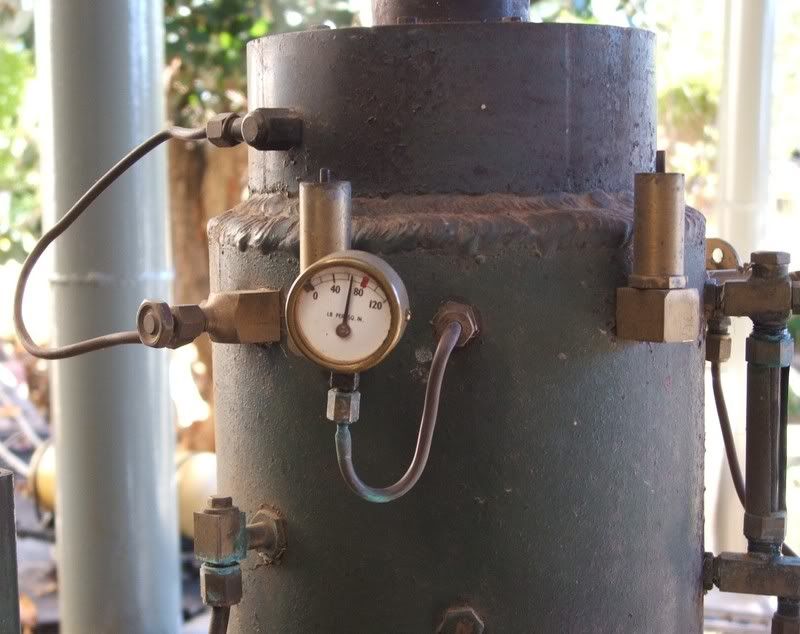max corrigan
Well-Known Member
- Joined
- Aug 24, 2008
- Messages
- 156
- Reaction score
- 4
i need to cut about 1/4" of a 3/16" glass tube as used in a boiler water level indicator anyone have any experience of this? the tube is so fragile i,m almost scared to touch it, (that's how i broke it in the first place) i have a diamond glass grinder which i think i might try in preference to cutting it,or is there a simpler way?
Regards Max..........
Regards Max..........





